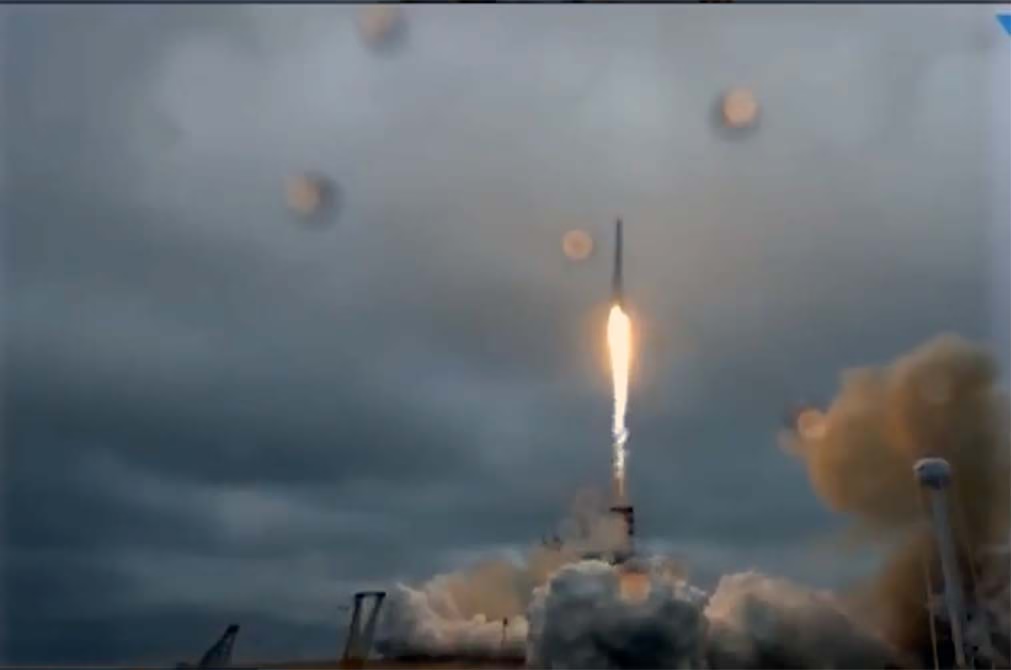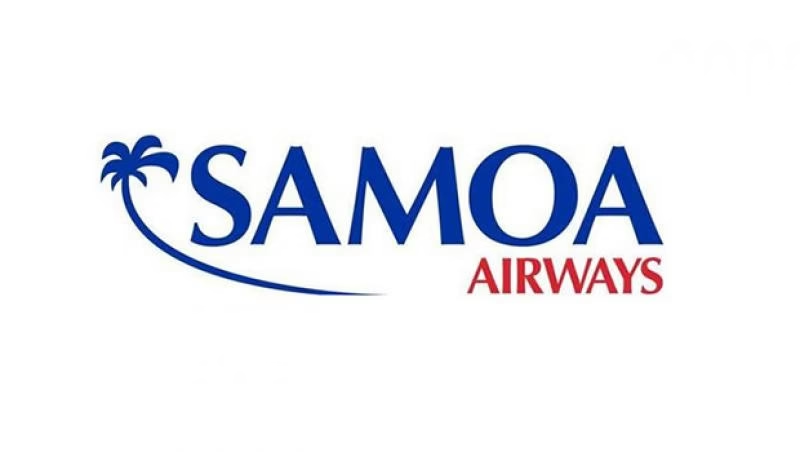Reorganize air traffic control (ATC) operations. The US ai area faces dramatic changes to overall airspace controls in the next decade.
the current ATC Works for commercial and private flights that rarely exceed 100,000 aircraft. Yes, today, it is the world’s safest and largest program, but it cannot grow rapidly. Integrating the current ATC system with space-level flights and low-level UAS operations will take careful planning, testing and simplicity. We need a new overall aircraft control agency.
Space vehicles, satellite conservation programs and space-based repair facilities will be rapidly deployed. The upcoming aviation reality will mean that manned colonies and an upcoming space cargo system will be planned on the moon and on Mars that carry goods through space from point to point on earth. These ideas will never force the prevailing discussion at the federal level, with the development of spaceports.
Urban air mobility will increase. UAS flights will start filling air below a height of about 500 feet. The UAS system will have to be autonomous. NASA is working diligently on the UTC, or unmanned traffic control system. The world’s aviation industry is working on developing programs that allow the UAS to avoid telephone lines and maintain distance from buildings as they zip through the city. These drones or flying cars or air taxis should also avoid each other. In addition, they should not interfere with current commercial aviation operations, integrate with space launch, and transfer goods and services through cities and various scenarios.
Each region of the world’s airspace will require trained operators. This means training programs for current commercial pilots, space spacecraft and Earth-based UAV operators. Aviation infrastructure requires international standards and national rules and regulations.
The established airspace has adjusted a limited space trip over decades. Drone and flying cars, not so long.
FAA, NASA and Army have been working on the development of rockets for decades. Larger military drones have been used for over a decade to provide distant firepower for military action. The small unmanned air system became prevalent around 2015.
Flying cars have been for almost decades, but only in cartoons. Today, they actually exist.
Travelers United has worked with these new techniques since 2015. Our organization has kept pace with a change in the US space program which is now a major industry. Only 10 years ago, no one would have thought that the rockets would have to be removed and the ground to reuse. Fedex, UPS, Amazon and Google considered drones flying toys until delivery, survey and inspection operations. And the only flight taxis were imaginary. Today, they all exist.
Development of flight and space technology has been developing for dozens of years. Now it is moving fast, even futurists could imagine. The US industry, NASA and FAA, spanned the full use of our national airs in the Air Traffic Control Association (ATCA) meetings recently, working intimately on space operations, drone operations, drone finance and flying car development.
They are searching for space, integrating drones, and finding out how to get VTOL (electric vertical take-off and landing) taxis in operation. Within ten years, these new entry will fly back and forth in the space in our national air space (NAS) and provide under-400-foot height inspection and distribution system.
In one of the previous air traffic controllers trade shows, the discussion was that unmanned and space programs were warm and heavy. For the last eight years, they have died in water. Yes, NASA is working on unmanned air management programs, but the FAA is trying his best to study unmanned systems for death. Unfortunately, bureaucracy will obstruct the development of unmanned systems and future space operations in the United States.
Recently, the ATC system has faced common problems.
We have done a major accident between an army helicopter and an American airlines regional jet at Washington DCA Airport. We have a shortage of controller, near the Mrs., and the wings are clips during the ground operation.
Our sky will host more than airplanes only. Rockets, drones and flying cars will also share wild blue vagor.
Until some time ago, we have not had to share our sky with anything other than commercial and private aviation. According to Statista, more than 200,000 aircraft are registered. However, millions of UAS and drones need to be integrated into NAS. Soon, there will be more. The FAA has created an air traffic control system that works for commercial and private aviation. However, it does not serve rapid space growth or low-up unmanned air systems. Technology is not slow.
The number of rockets, drones and flying cars is increasing rapidly. By the end of this decade, more satellites would have been launched by a single US space firm launched in the world since the Sputnik. Millions of drones will inspect roofs, telephone lines, cattle fences, fields and skyscrapers. In addition, flying cars and taxis can start filling air.
Today, FAA focuses on obtaining new rules to allow UAS operations on people,
The regulations were earlier designed as united rules for specific aerial platforms. Today, regulations should work for millions of operational drones-they are performing-based. Security information should be shared. Economic obstacles for unmanned aviation should be eliminated. NASA is working on unmanned traffic control, which should be designed to work closely with managed air traffic control systems managing commercial aviation.
Researchers of our US Space Force are already preparing to make rules allowing rocket cargo to launch and land internationally. Colonel Horn also noted that good regulation assured entrepreneurs to dare to change. In addition, it provides an outline for increased investment and maintenance of space platforms and service satellites. Both are only distant ideas today.
We need a special Congress committee to develop with space force, NASA, FAA and army, coordinating matrix of various users in national airspace.
Panels discussed changes in the world and how quickly they fly.
A dozen years ago, today’s UAS and Evatol had most dreams of realities. If we look at the pictures of New York City in 1903, the roads were filled with horses. Ten years later, the same roads were filled with cars. The cell phone was adopted by the whole world in about 20 years. But before the mobile phone, the telephone took 120 years to enter the world. Dod, FAA and private industries are all working to make changes more accessible and faster. However, reality is occupying bureaucracy.
Some technologies are not moving as soon as different industries will prefer. Radio spectrum is limited. That limit has already caused problems with airplane and 5G telephone order and control. Those issues have slowed down the roll-out of major telecommunications programs. However, spectrum questions can also limit change in the UAS world.
FAA has not been organized to deal with the new world of space and UAV. We will need new overall airspace control organizations.
We will eventually have separate organizations dealing with space programs controlling the airspace above 50,000 feet. A separate organization will be required for UAV operations of less than 400–500 feet. There will be more UAVs in the air, which is already heavy control of business, consumer and FAA of cargo aircraft. This will be difficult to manage each level of air/space traffic control, let the areas alone go where they intend.
The message of recent space and UAV-focused conferences is that fast developed industries will require cooperation that will soon fill our sky. Today is required. Commercial aviation companies such as Airlines have enjoyed years of operation and an established air traffic control system. However, the world of UAS and drone existed only for ten years.
Many rules are to be written and other challenges that should be removed before the sky and space, will actually be open to development. However, that time is near. Israel and Ukraine are regularly closing herds of drones. America should be ready for change.
Also read:
A Martin Luther King Junior and Civil Rights Yatra in Georgia and Alabama
Disappointed passengers started recording the airline customer service phone calls. Does it work?
Charlie Leoha is the chairman of Travelers United. He has been working in Washington, DC, with the stakeholders of the industry on Congress, Transport Department and travel issues over the last 14 years. He was the first consumer representative of the Advisory Committee for Aviation Conservative Safety appointed by the Transport Secretary from 2012 to 2018.



